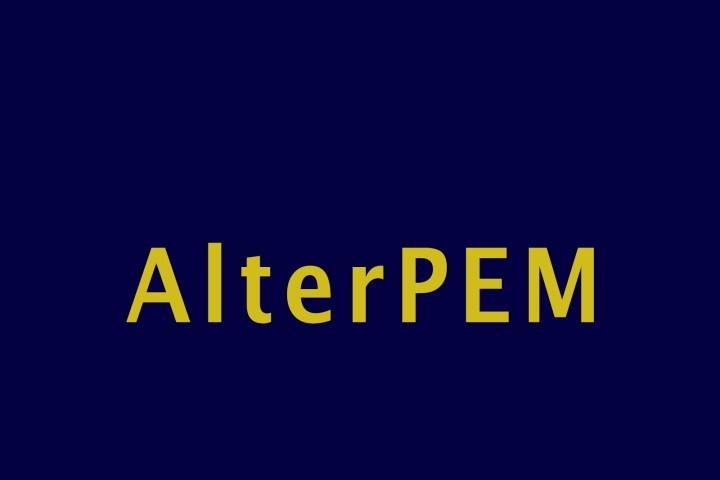AlterPEM
Alternative for PEM technology with non-fluorinated, integrated membranes and PGM-free nanoarchitect

PEM technology is the most efficient water electrolysis technology and the technology of choice for hydrogen fuel cells. As such, this technology will be crucial in the breakthrough of green hydrogen. AlterPEM proposes a novel electrolysis system consisting of a fluorine-free membrane, coated as thin layer on top of the ultrathin metallic nanomesh (NM) electrodes with no or lean PGM catalyst, resulting in a cheaper, gap-less NM-Membrane Electrode Assembly (MEA).
Five major innovative objectives are defined: (1) NM electrodes composed of acid-resistant metal, lean in PGM (25% of current PGM loading of 2-3 mg/cm2 Pt and 1 mg/cm2 Ir), (2) fluorine-free polymeric membranes with comparable performance to Nafion (0.1 S/cm and gas permeability <1.5%) with high chemical stability at a market competitive price, (3) techniques for direct deposition of thin layers of the membrane on the NM for the assembly of gap-less MEA, (4) demonstration of NM-MEA functionality in PEM water electrolyzer at SoA PEM performance (2A/cm2 at 1.65V) and, (5) its assessment of potential for fuel cell application and CO2 reduction.
Nickel NM electrodes have been successfully implemented in alkaline electrolyzers by Imec already. To withstand the acidic conditions during operation in PEM, the NM will need to be acid resistant (Ti and W-based electrodes), protected and made catalytic by ALD coatings. The PGM load reduction with maintained catalytic performance will be made possible through the large effective area enhancement of the nanostructured electrodes. Its ultrathin nature allows for short diffusion lengths and its assembly directly on the membrane as done for carbon coating today. Consortium partner KU Leuven has experience with pH-resistant polymer membrane development and with membranes for electrochemical technologies. To develop the fluorine-free membrane, they can build further on experience in membranes developed for redox flow batteries and filtration. Proof of concept stability tests have been performed already for different polymer membrane chemistries. For the gap-less MEA, the electrochemically and pH-stable polymers will be coated directly on the NM electrodes. Two different strategies are explored: (1) synthesis of a polymeric membrane on the electrode via phase inversion and (2) synthesis of a thin polymeric membrane by interfacial polymerisation directly on the electrode. Control of nanoporosity will be key to maintain low gas permeability.
The chemical, steel and refinery sectors are crucial sectors for the Flemish economy and employment, but alas also responsible for 30% of the total greenhouse gas emissions. Unfortunately, these sectors are hard to abate as they rely on molecules for energy and feedstock. Hydrogen generated by means of green electricity provides the solution. Green hydrogen is therefore widely recognized as an essential element in the energy transition. Not only does it provide solutions for the hard-to-abate sectors, but it also offers undeniable systemic value providing flexibility by coupling energy carriers (electricity – molecules), and seasonal storage. Also, for long-range transport of energy, hydrogen-derived molecules are the lowest cost option. As a result, growth scenarios for green hydrogen range from 3 to a 10-fold increase to around 660 Mtons in 2050. In the meantime, all conditions are created for such a hydrogen market: IPCEI-support schemes and RepowerEU for the development of the value chain, hydrogen backbone for inland transport, hydrogen bank, etc. The market pull is certain.
The Vankelecom Group (KU Leuven) will develop fluorine-free PEM membranes from PVC, polysulfone, polyethers or poly(beta alkanolamine). The Koeckelberghs Group (KU Leuven) will introduce novel, tailor-made polyamine-based membranes. The electrochemical storage and conversion group of Vereecken (IMEC) will address the issue of PGM-reduced electrodes. Acid-resistant Ti- and W-based NM electrodes and complementary support structured will be developed. The research group of Detavernier (UGent) will bring in MLD/ALD expertise of thin films to enhance the electrocatalytic performance and stability of the NM with earth-abundant materials.